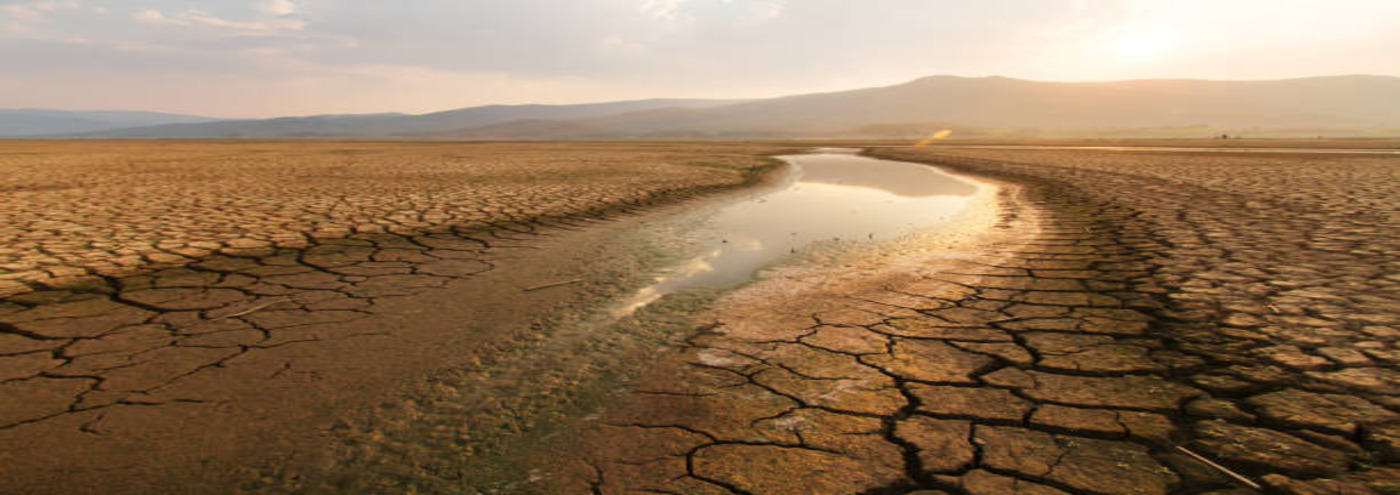Artificial Intelligence and Machine Learning for Modelling Climate Change, Landscape Dynamics, and Improving Uptake of Renewable Energy Technologies for Environmental Care in the Congo Basin
Principal Investigator
Prof. Engr. Derek Ajesam Asoh
Department of Electrical and Electronic Engineering, National Higher Polytechnic Institute (NAHPI), The University of Bamenda, Cameroon
Email: derekasoh@gmail.com / derekasoh@uniba.cm
Tel: +237-673 50 77 57
Executive Summary
Climate change and global environmental change represent two crucial global problems in a single equation. Recently, artificial intelligence (AI) and its set of intelligent models, including machine learning (ML) and deep learning are being used in climate change mitigation design and climate action. This has been linked to its robustness and the ability to handle large datasets and big earth data. Despite that the Congo Basin is the second global Carbon sink, access to clean renewable sources of energy is below expectations as most of its population depends on charcoal and fuel wood for heating which increase deforestation and anthropogenic greenhouse gas (GHG) emissions. Though climate change trends have been established in the basin, the spatial relationship between landscape dynamics with climate change is unknown, leaving aside daily/seasonal dynamics of surface water resources (e.g. dams, reservoirs, lakes, etc.), trends in solar radiation, a proxy for solar power are few in the scientific landscape. Establishing the aforementioned trends, and using AI and ML to simulate suitable sites for clean energy (e.g. solar, hydro, and wind) will be early smart solutions to the energy transition by 2030 and the reduction of GHG emissions. This study seeks to use AI and ML techniques to model climate change, and landscape dynamics; predict renewable energy potentials, and deploy related technologies in the Congo Basin under current and future climate change conditions. The main methods to be used include spatial modelling with artificial neural networks/deep neural networks, random forest supervised classification, cellular automata (CA) land cover/use change simulations, trend analysis and dynamics with TIMESAT, and field setup and operationalization of a solar power plant in rural Cameroon. In addition, several programming languages will be employed including Python, R, Java, C++, and Google Earth Engine. The main outputs of the project include spatial trends in landscape dynamics – climate change nexus, land cover/use changes, projections and deforestation trends, daily/seasonal dynamics of surface water resources (e.g., dams and reservoirs), and impacts on hydropower provision, long-term trends in solar radiation and simulated suitable solar power sites, and an operational solar power plant in rural Cameroon. The project will have far-reaching impacts on the decision-making processes pertaining to energy provision in the Congo Basin in line with Agenda 2030 and AU Agenda 2063. It will thus provide community- driven clean energy models that will further help to curb deforestation, reduce interest in, and gains from the firewood and charcoal market; and hence provide alternative ways of sustenance, and more importantly smart climate solutions at the local level. Capacity building and training of the local community stakeholders with an emphasis on gender equity will be the adopted strategy to ensure proper acceptance, use, maintenance, and management of the energy farm for environmental care.
Objectives
The main goal of this study is to use AI/ML techniques to model climate change, and landscape dynamics, predict and improve uptake of renewable energy potentials and technologies in the Congo Basin under current and future climate change. The following specific objectives can be formulated; –
- To model trends in essential climate variables (rainfall and temperature) and it relationship with landscape dynamics in the Congo Basin.
- To establish spatiotemporal trends in sunshine duration, proxy for predicting solar power energy provision in the Congo Basin.
- To establish spatiotemporal dynamics in freshwater resources (lakes, reservoirs, dams etc.), as proxy for determining hydropower provision in the Congo Basin.
- To establish current and future trends in deforestation in the Congo Basin and its decarbonization potentials
- To determine the future of clean energy supply in the Congo Basin under current and future emission scenarios.
Key Research Question(s) and Hypotheses to be tested
The main research question is “how can AI techniques better model and predict climate change, landscape dynamics and aid in improving renewable energy provision and technology in the Congo Basin”? From this, the following specific research questions can emerge:
- How do change in rainfall and temperature affects landscape dynamics in the Congo Basin?
- Can predictive modelling of trends in sunshine duration help predict potential suitable sites for solar energy farms in the Congo Basin?
- To what extent do spatiotemporal dynamics in freshwater resources (lakes, reservoirs, dams etc.) relate climate change impacts on hydropower provision in the Congo Basin?
- How can current and future trends in deforestation predict progress in global decarbonization from a Congo Basin perspective?
- Can AI/ML-based models predict clean energy supply sites and potentials in the Congo Basin?
Based on the aforementioned research questions, the following hypotheses are formulated:
- Climate change is driving landscape dynamics in the Congo Basin.
- Trend analyses of sunshine duration can help predict potentials of solar energy in the Congo Basin under climate change.
- Seasonal and daily dynamics of open water resources (lakes, reservoirs, dams etc.) reflect the impacts of climate change on hydropower provision in the Congo Basin.
- Current and future trends in deforestation are expected to rise under increase economic development and emission scenarios.
- AI and ML techniques can enhance fast and robust prediction of clean energy potentials for environment care in Congo Basin.

